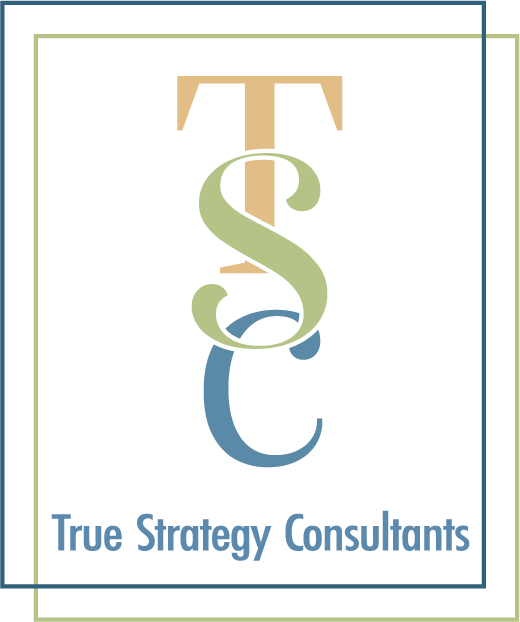This week I am going to talk about tax credits available for tax credits available for retirement plans as part of Secure 2.0. I am going to break it down into the two types of tax credits that are available which are the plan expense tax credit and the plan contribution tax credit. But before we get into that…for plans that add or start with auto enrollment, they are eligible for a $500 tax credit. Remember that this is only for small businesses and is available for the first 3 years after adding auto enrollment.
Now let’s talk about who is eligible to receive a tax credit. Secure 2.0 tax credits only apply to startup plans in 2023 and for employers that have not sponsored a plan in the immediately preceding three years. Employers must also have less than 100 employees with at least $5,000 in compensation and at least one employee must be a non-highly compensated employee (NHCE).
So what is the startup plan expense credit and how do I calculate it? The credit itself is $250 per eligible employee up to $5,000 for the first 3 plan years. If a plan has less than 51 employees, they are eligible for 100% of the credit and for plans with 51 to 100 employees they are eligible for 50% of the credit.
So for an employer with 30 employees total and 2 who are owners and therefore highly compensated employees, the tax credit would be $5,000 and calculated as follows:
NHCE’s @ $250 each 28 x $250 =$7,000
Maximum allowable tax credit = $5,000
Expenses must be those paid by the plan sponsor and can include things like: plan installation fees, plan administration base fee, plan administration participant fees, billable fees from the plan recordkeeper and 3(16) fees. This type of tax credit makes it especially easy for a plan sponsor to consider using a 3(16) on their plan to assure that things are done correctly (especially in a startup)!
The plan contribution tax credit is also a way for plan sponsors to be able to afford a matching or non-elective contribution in the first 5 years that the plan is in place. The credit is only available for employees making less than $100,000 in wages and the maximum credit per employee is $1,000.
During the first 2 years the plan is in place, the credit is 100% of the employer contribution (up to $1,000); during year 3 the credit is 75% of the employer contribution; during year 4 the credit is 50% of the employer contribution and during year 5 the credit is 25% of the employer contribution.
So in our same example above with 30 employees total and 2 who are owners (and the only one’s making over $100k), let’s assume that we have an 25 employees who participate in the plan and get a match of greater than $1,000, the credit for the plan sponsor for the first 2 years of the plan is $25,000 per year. Year 3 that credit is $18,750 (75%); year 4 that credit is $12,500 (50%) and in year 5 that credit is $6,250. Which makes the total credit for the plan sponsor for the 5 years to be $87,500!
That combination of the startup tax credit for the first 3 years totaling $15,000 plus the plan contribution tax credit of $87,500 makes the total tax credits over $100,000! Seems like they are really encouraging employers to start plans so that employees are saving more for retirement!







